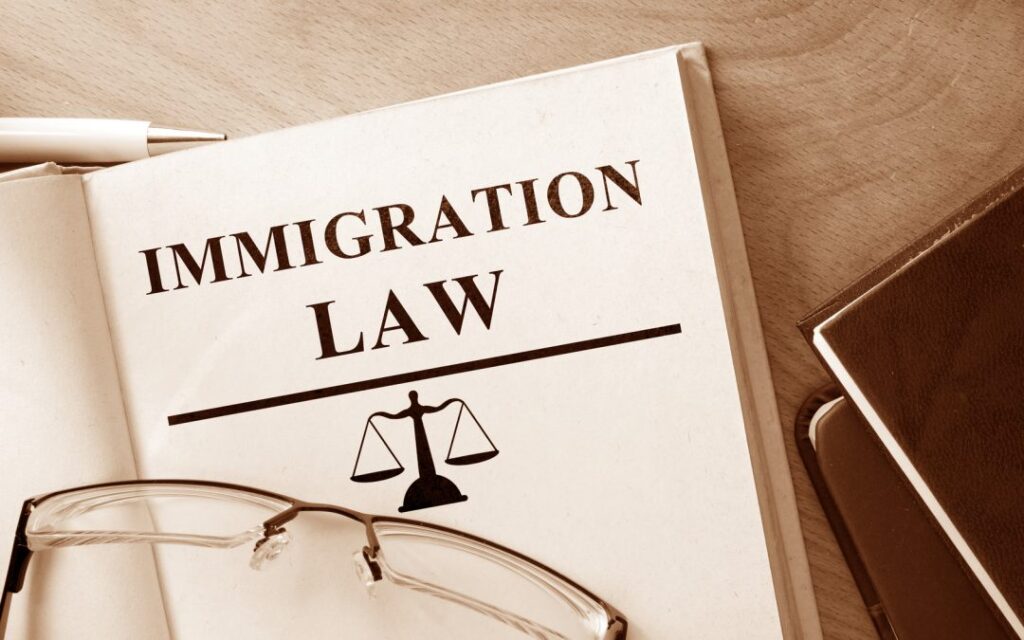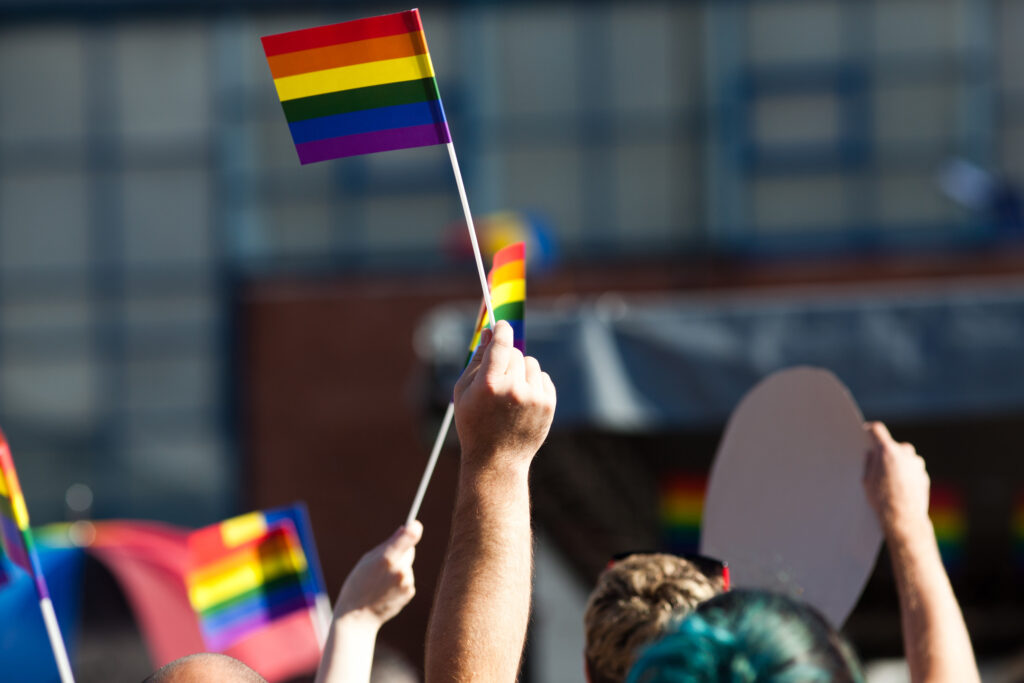Helping You Create a Winning Personal Statement
As an immigration lawyer, I help clients submit well-prepared applications to U.S. Citizenship and Immigration Services (USCIS) or the U.S. Immigration Court. One crucial part of certain applications is the personal statement, where clients share their stories. People also call it an affidavit or declaration.
What should a Personal Statement Include?
The content of a personal statement depends on the type of immigration relief you seek. For example, if you apply for asylum because of past persecution, you must describe the harm you endured or explain why you fear future harm if forced to return home. In this case, your personal statement outlines the events that led to the persecution and details the potential risks ahead.
- Want to see how strong personal statements supported real asylum victories? Read how we helped two unaccompanied minors from El Salvador win protection in the U.S., or explore Sergei’s powerful story of escaping political persecution and gaining asylum.
In contrast, if you seek permanent residency through marriage to a U.S. citizen or permanent resident, you will focus on your relationship. Your personal statement explains how you met, how your relationship developed, and when you decided to marry. The goal is to show that your marriage is genuine, not just for legal status.
You also need personal statements if you are a victim of domestic violence applying for permanent residency or a crime victim seeking U Visa status. Additionally, if you switch from one visa category to another, like moving from an F-1 student visa to a B-2 tourist visa, a personal statement may be required. Depending on your case, your personal statement will explain why your application should be approved.
How I Can Help You Write a Winning Personal Statement
As your lawyer, I guide you in writing a winning personal statement. I review your draft, help you edit and refine it, and highlight the most important points. I also ensure that your statement has enough details to meet immigration law requirements. Before your interview or hearing, we will practice together, ensuring that your testimony matches your written statement.
FAQ’s About Writing A Personal Statement
What is a personal statement in an immigration case?: A personal statement—also called a declaration or affidavit—is your written explanation of your experiences and reasons for seeking immigration relief. It helps USCIS or an immigration judge understand your situation and evaluate your eligibility.
Do I need a personal statement for an asylum case?: Yes. If you’re applying for asylum, your personal statement should describe past persecution or explain why you fear future harm in your home country. It is one of the most critical parts of your application.
Can my lawyer help me write a personal statement?: Absolutely. An experienced immigration attorney can help you draft, edit, and strengthen your personal statement to ensure it meets legal requirements and aligns with the rest of your case.
What if I don’t speak English—can I still write a personal statement?: Yes. You can write your personal statement in your native language, and it will be translated for submission. USCIS requires a certification of translation, which your attorney can help prepare.
Ready to Strengthen Your Immigration Case?
If you need help writing a strong, detailed personal statement—or you’re unsure how to present your story to USCIS or the immigration judge—Sophia Solovyova can help. With years of experience in asylum, VAWA, U visas, SIJS, and family-based immigration, she’ll guide you through every step of the process with care and expertise.
Contact Sophia Solovyova Today!
Post provided by: Attorney Charles Conroy




